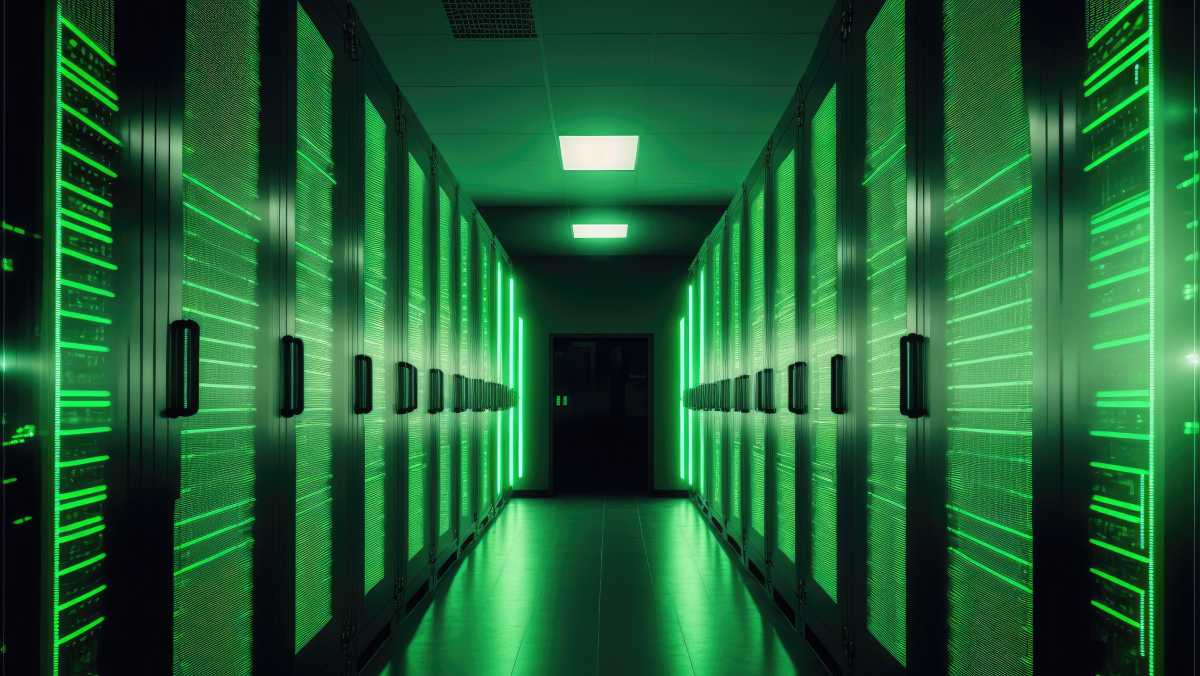Energy consumption in data centres continues to increase annually as more and more businesses seek the benefits of hybrid and multi-cloud environments and adopt energy-hungry technologies like 5G, Internet of Things and artificial intelligence to boost productivity and competitiveness.
For data centre operators, running an energy efficient facility has to be one of the most difficult yet important tasks as they become denser and more complex, requiring extra storage, processing and cooling capacities to enable their customers’ desired adoption of innovative tools.
Whilst organisations expect more from their data centres, they also put more pressure on the providers to reduce their carbon footprint and better balance reliability with sustainability. With governments and international bodies also calling for greater action from the industry to reduce their environmental impact, data centre operators are increasing their reliance on Data Centre Infrastructure Management (DCIM) initiatives and systems to intelligently and continuously monitor, measure and manage power and cooling requirements.
360° view of data centre operations
With multiple buildings on data centre campuses or scattered around the country, data centre operators need a central hub and a reliable DCIM solution to monitor, plan and manage infrastructure equipment from a single place. From chillers, condensers, generators, uninterruptible power supplies (UPS) and switchgears, to racks and customer-related power distribution units (PDUs) and automatic transfer switches (ATSs), a well-implemented DCIM software offers a full view and insight into the performance of all equipment. Having that full visibility is critical to ensure uninterrupted service for data centre customers as downtime could have a negative impact on the bottom line and reputation.
Effective DCIM allows for that 360-degree view into the facility with multiple system monitoring and management, which significantly increases operational efficiency and ensures system resilience. Going back a few years when everything was handled manually, it was a mundane and time-consuming necessity for engineers to physically inspect every system and meter, adjust the temperature or shift loads to remove hot spots. It was an inefficient practice prone to errors, which certainly did not foster green procurement. However, today’s automated and intelligent solutions are the brains of a data centre, gathering and analysing valuable insights that help providers become more sustainable and reliable. When algorithms are self-learning, the data itself is an asset. All the answers can be found in the data, and that data comes from DCIM (meters and sensors).
Achieving cooling efficiency
The importance of data centre cooling is rising as the data centre market continues to grow rapidly and the expansion of rack density is faster than ever. A report from AFCOM suggests the average rack jumped to 8.2 kW per rack in 2020 from 7.3 kW in 2019, with others anticipating a density of 15 to 20 kW per rack to become the norm by 2025. Given the escalating levels of power usage, data centre operators are under pressure to not only choose the right cooling method, but religiously monitor cooling performance to achieve the best possible efficiency.
Here’s where an intelligent DCIM solution is key as it picks up the data (IT load, external temperatures, internal conditions) and adjusts the cooling load and capacity management accordingly without the need for human intervention. As long as the parameters have been set correctly at the start of the project, the controls and networks of sensors, often armed with machine learning capabilities, will modulate the cooling to suit the conditions within the facility. The system will also raise alarms if it detects discrepancies and sudden increases in power or water usage and try to prevent excess consumption of water or power quickly.
Armed with all the data and smart capabilities, an effective DCIM system can provide data centre operators with the assurance and confidence that their customers’ infrastructure is being continuously monitored and looked after. They can largely reduce the need for round-the-clock engineering manpower for those ‘just in case’ situations, which in the face of current technical skills shortages, is of huge help. Intelligent controllers can make better decisions without humans, allowing the data centre to use less energy. Ultimately, this not only enables data centre operators to take greater action on sustainability, but it also presents customers with a clear bill on their power, water and cooling consumption.
Embracing transparent customer reporting
For data centre management, reporting and data are critical factors when looking to maximise energy efficiency, water usage, reduce costs and meet green objectives, with operators leveraging comprehensive DCIM to give them real-time insights and support better decision-making. There is also an obvious benefit to data centre customers who can benefit from a more transparent picture of their water, power and cooling usage, on a daily, weekly, monthly, or as-and-when-needed basis. As energy prices rise due to global events, cost transparency is an important factor in retaining and attracting customers. Businesses are putting their trust in the DCIM systems of their data centre providers to make more cost and energy efficient choices and help them meet sustainability targets.
Enabling a greener future
Managing power and water usage in a data centre is certainly not a walk in the park, with operators requiring accurate, detailed and real-time data concerning power consumption, thermals, airflow and utilisation to make the facilities greener. DCIM solutions have proven to be highly effective and invaluable in providing these key insights to allow operators to plan future capacities and show their commitment to drive a more sustainable future.
As data centre customers are rapidly increasing adoption of cloud computing and new technologies, the DCIM market will continue to grow over the coming years, with solutions improving and being enhanced with new artificial intelligence functionalities. As that happens, data centre operators will seize the opportunity to implement innovative capabilities that will proactively monitor and optimise energy efficiency, reduce energy wastage and meet sustainability initiatives, without the need for daily human intervention at all eventually in the future. We can expect the future to be green for the data centre industry.


